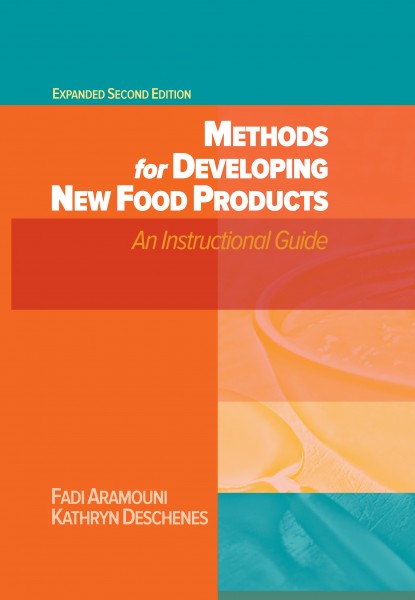This issue features Food Engineering’s annual report on the business strategies of the world’s top 100 food and beverage companies. For the past few years, the leading global processors have focused on emerging markets as a source of future income growth, and this year is no exception. The balance of buying power is shifting, with China emerging as the world’s largest consumer market, putting the US in second place. Turn to pages 64-76 in this issue for the latest information on the shifting priorities and business plans of the world’s leading food and beverage processors that are poised for continued economic growth.
Here at home, KPMG’s 2013 Food and Beverage Industry Outlook, released last month, states US food and beverage executives believe modest improvements in US business conditions will continue, and an overwhelming majority predicts the industry will experience growth over the coming year. More than half of these survey respondents plan on investing capital to drive growth.
Top initiatives on the minds of US food and beverage management, according to KPMG, include operational improvements and reducing costs. Management remains focused on the impact of the Food Safety Modernization Act, new product development, pricing strategies and geographic expansion. When asked where they expect to increase spending the most over the next year, the good news is the KPMG survey responses jibe with the needs of many FE readers: 31 percent expect to expand facilities, and 17 percent will spend more on employee compensation and training.
Interestingly, only 8 percent of those surveyed by KPMG said they will be spending more on green or sustainability initiatives. At FE, we have also observed interest dwindling in sustainability projects. However, the emphasis on plant efficiency and ROI remains essential to our readership. And if that ROI happens to include a green result, so much the better.
Stay tuned for more positive food industry indicators. Next month, FE will reveal the results of its annual State of Food Manufacturing survey, where automation, food safety and staffing issues are shown to be the key drivers in improved efficiency.






